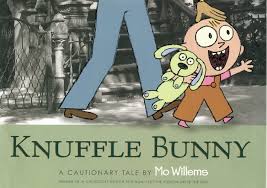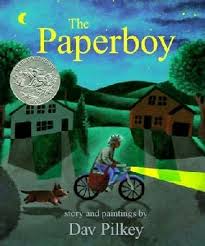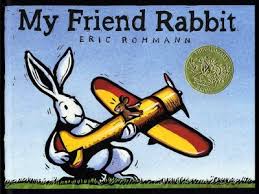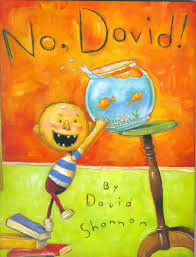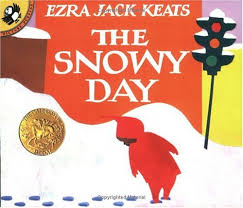Families are an important topic in the classroom because every child in a classroom has some sort of family whether it be friends, grandma, mom and dad, mom and mom or aunt and uncle. There were many books to choose from but I tried to find a variety of families so every child could feel included.
The Berenstain Bears Get In A Fight was a personal favorite from childhood. This book can bring up great discussion for the classroom, the most obvious being arguments between your siblings. Brother and Sister Bear get into a fight and in the end they realize, they don’t even know what they are fighting about. At that age, children usually do fight about something that doesn’t make sense. The children can find humor in this book when they see the Brother and Sister Bear don’t even know why they are fighting, are realize how silly fighting can be. The illustrations are all outlines in black, a very basic “old” illustration. The bears all wear the same outfits the whole time so the main pictures don’t change much.
The Worm Family is a great way to be proud of your family. The worms have to find a home that will accept them and not judge them for being worms until they finally realize they just need each other and they love to be worms. This could be used in a classroom so that children will know that everyone can be proud of a family-even if you are worms! Sometimes children are embarrassed when they aren’t a “normal” family and this will help them realize that anyone can be proud. It does thrown in some facts about worms such as no spine and no chin, so that will inform children as well. This has basic background, just a color usually. The worms all have the same facial expression the whole book except for their mouths, which make a face depending on the situation (smiling, frowning, “Oh” for an excited face).
In Our Mothers’ House covers all the bases! This is a book about three children adopted by their lesbian mothers. Their whole neighborhood loves them but one neighbor does not agree with their sexuality. This book would be hard to describe to children because I don’t know how much they understand sexuality and why people wouldn’t accept it. I would probably make it more simple by just describing a house with two moms instead of a mom and a dad and not go too much into the conflict of the book. The book brings up other great topics such as biracial families since the three children are all from different countries. This book talks about the different cultures and what they stereotypically cook (Italians=pasta). Death is another difficult topic brought up in this book but it is a good way to realize that family tradition can always live on if you want it to. This book also talks about the set up of a house, where the family plays, where they read, where they meet for family meeting. This is what most of the illustrations are about, showing the different activities in different rooms. The illustrations are sketch-like and colors are dull but they are still very descriptive. This book is great because it covers SO many topics and you could create so many activities for children based on just this book. The first activity I would create would be to have the children draw their house and tell me where they play or eat or read.
My Mom is Trying to Ruin My Life is now one of my favorite children’s books! I found myself giggling out loud while reading it as a 21 year old. The little girl talks about all the reasons her mom and dad are ruining her life (not letting her eat snacks, making her do homework) and she wants them to go to jail, until she realizes she won’t have anyone to cook or tell her that her scary dreams aren’t true. This is a great way for children to realize how important their parents are to their life and how all the things they complain about are really just silly. I think this would be a great book to read before we create our crafts for mothers day. The pages have multiple illustrations of different scenes on a page. The pictures are very descriptive of the words and go along very well with the book. This book is also sketch-like using the same outfits throughout the entire book.
The Family Book is an easier read but it covers many topics. This could be the book that is a read alone because it still talks about the set up of a family, death, adoption and different living situations. The illustrations are very basic using only the primary colors and everything is made out of shapes stacked on top of each other. The great aspect of this book is that it talks about similarities of all families too, no matter how different they are. The similarities can make children realize that no matter how different the set up of their family is or how different their houses are every family can be strong together or celebrate together.
Works Cited
Berenstain, Stan, and Jan Berenstain. The Berenstain Bears Get In A Fight. New York: Random House, 1982. Print.
Feiffer, Kate, and Diane Goode. My Mom Is Trying to Ruin My Life. New York: Simon & Schuster for Young Readers, 2009. Print.
Johnston, Tony, and Stacy Innerst. The Worm Family. Orlando: Harcourt, 2004. Print.
Parr, Todd. The Family Book. New York: Little, Brown, 2003. Print.
Polacco, Patricia. In Our Mothers' House. New York: Philomel, 2009. Print.





